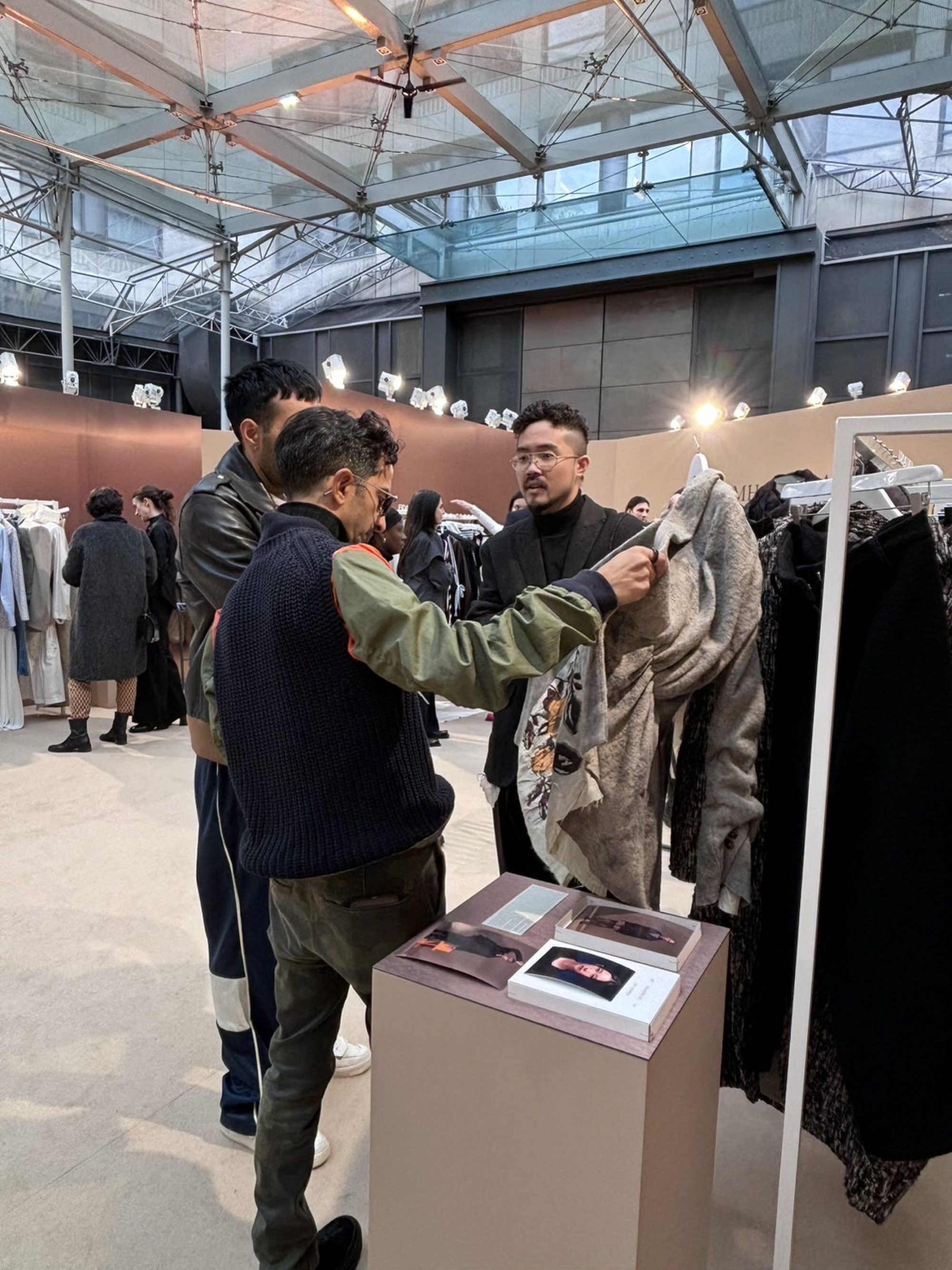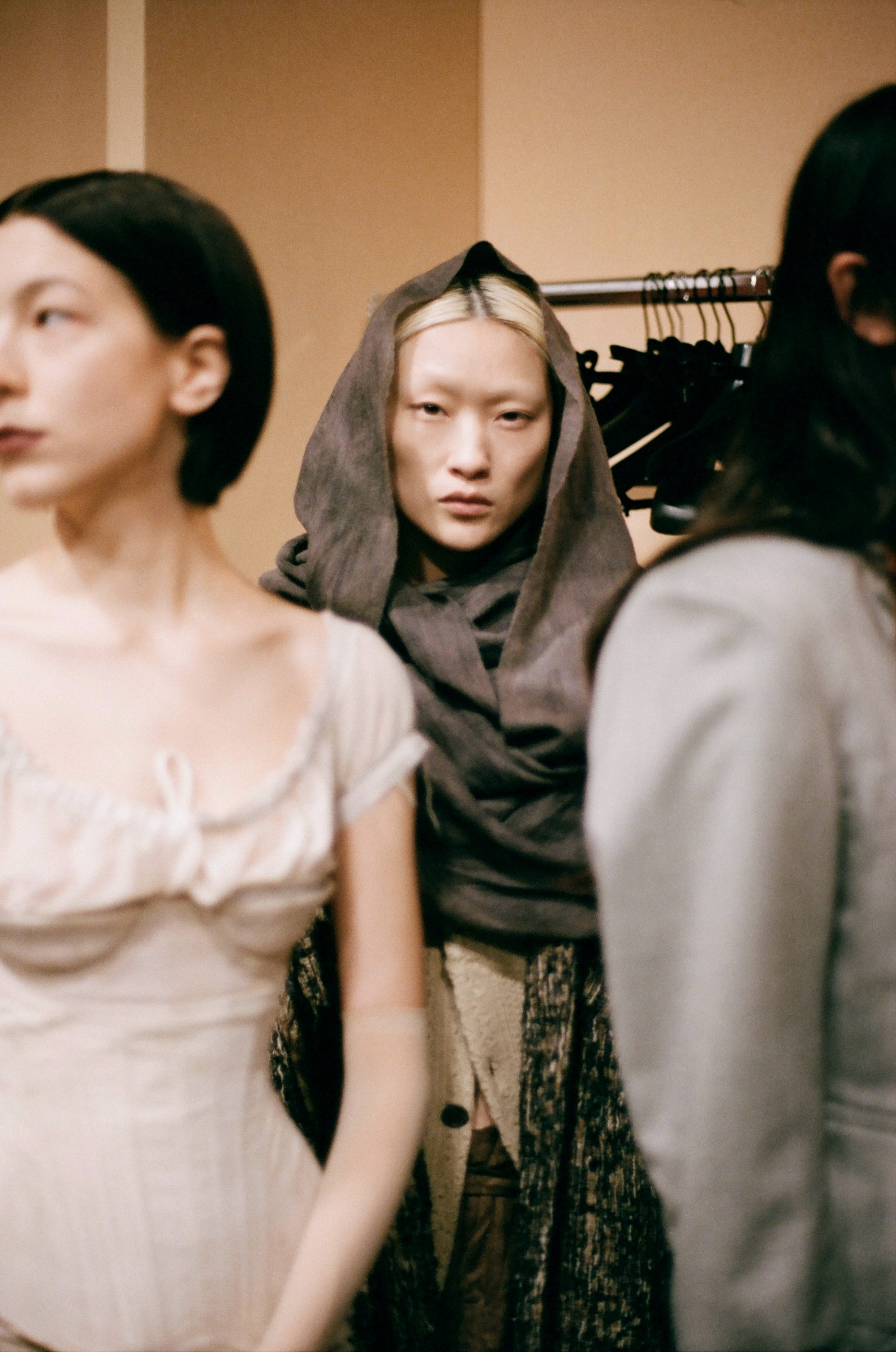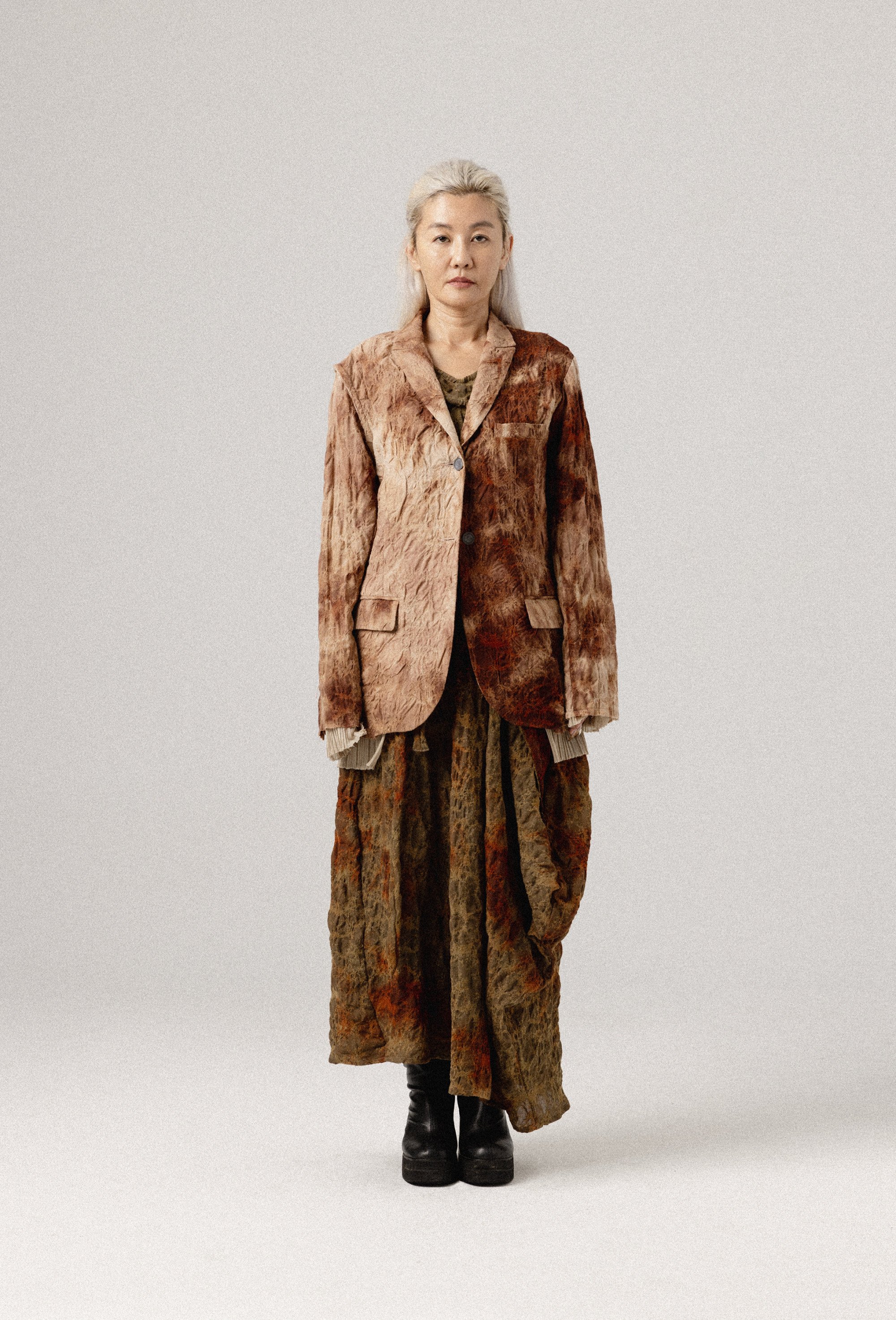
Profile | Style and sustainability: fashion designer Chiahung Su goes back to his roots – think Chinese herbs, vegetable dyes
- Fashion designer Chiahung Su, a semi-finalist for the prestigious 2024 LVMH Prize, promotes indigenous Taiwanese culture through his eponymous label
- His ethos is based on exploring the beauty of impermanence and imperfection through reclaimed materials, ancestral techniques and sustainable practices
Nestled among the confectionery stands and racks piled high with bags full of mushrooms, spices and incense in the market area of Taiwan’s capital is a very different store.
Here, in what is known as Old Taipei, the fashion designer Chiahung Su has chosen to open his first boutique.

The Chiahung Su store opened in 2022 during the coronavirus pandemic, when rents were low. It is in an area bursting with culture and history; Roxanne Chen Gadsby, the founder of fashion company Dyelog PR, says it was once the busiest trading area in Taipei – the Tamsui river is close by and boats would unload tea, Chinese herbs and foreign goods.
“It is so interesting that he has decided to set up shop there given his creative process goes back to [plant] roots – Chinese herbs and vegetable dyes.”
A Trojan horse of sorts, the business has an anthropological bent – it is looking to promote indigenous Taiwanese culture under the guise of a high-fashion label.

It does this by collaborating with a diverse group of aboriginal peoples dispersed across the South Pacific, from the heartlands of Taiwan to the islands of Polynesia, including the preservationist Yuma Taru.
The fibres and dyeing processes Su uses have a long history, he explains from behind a desk cluttered with artefacts, books and bottles. They use cotton, linen and silk produced using raw materials grown in Taiwan.
Fibres from the ramie plant, in the nestle family, are harvested and woven into bespoke textiles using techniques handed down by tribal elders; using traditional techniques these are laboriously dyed with herbs grown by local farmers.
It takes 18 cycles of repeated dyeing and washing by a team of two to achieve the colour black.

“Now they know that I really appreciate this culture, that I want to collaborate in a very deep way – not just print their patterns on the fabrics. I want to use their traditional weaving skills to create our own fabrics with their biological, cultural and unique patterns from their tribe,” he tells the Post.
He cannot try his hand at the hand-weaving techniques, which by tradition can only be passed down from mother to daughter, but can observe the process from the sidelines.
Like any slow fashion approach, the process demands a very specific production schedule and volume. But Su’s enviable stockist list (which includes the likes of high-end department store Selfridges) shows that global consumers are willing to wait for his work.

“His principles capture everything we want in fashion now: craft, style, sustainability,” Gilhart notes. His “artisan tailoring” and “use of traditional crafts” caught the panel’s eye, she adds, pointing out that Su’s clothes exude “a deep vintage that is more archival in feel than pre-loved”.
Gaining global recognition as a designer from Taiwan is not easy. However, Su is part of a small but growing niche of local names – alongside INF, Just In XX and Namesake – putting their homeland on the map, thanks in part to events like the biannual Taipei Fashion Week, founded in 2018.
For Heimu Yang, project manager at Taipei Fashion Week, Su’s success illustrates that Taiwanese fashion is cementing its place on the world stage.
“It’s by integrating local culture and traditional Taiwanese craftsmanship that Su has managed to make his label recognised globally,” says Yang. “Plus, his success reminds us that there are still many talented Taiwanese designer brands waiting to be discovered.”

In his spare time, he studies antique catalogues from the 19th century. Does he have any spare time? Once the fashion week is over, he admits he takes two weeks off, which he often spends in Italy or Iceland. “But I can’t turn off my phone fully,” he laughs.
As our interview draws to a close, Su explains his decision to be in Old Taipei.
“By being here, I want to introduce people passing by to come in and take a look. They don’t have to buy anything but I want them to be introduced to my brand. And maybe in time they will come back and buy from me,” he adds, with a smile.
Time, it seems, is on his side.

